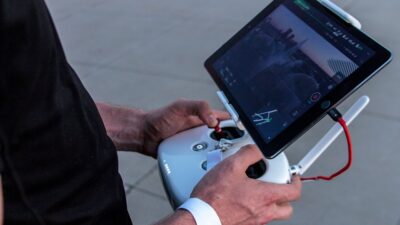As the demand for high-quality images continues to rise, the smartphone camera has become a pivotal feature that can influence purchasing decisions. With advances in technology, many brands now boast impressive camera capabilities, vying for the title of the best smartphone camera. In this article, we’ll compare the top contenders in the market, evaluating their performance across various factors, including image quality, low-light performance, versatility, and user-friendliness.
1. The Contenders
In this showdown, we’ll focus on three flagship smartphones that have garnered attention for their camera prowess: the Apple iPhone 14 Pro, Samsung Galaxy S23 Ultra, and Google Pixel 7 Pro.
Apple iPhone 14 Pro
- Camera Specs: Triple-lens system with a 48MP wide lens, 12MP ultra-wide lens, and 12MP telephoto lens. Night mode and ProRAW support enhance flexibility.
- Strengths: The iPhone’s strong point lies in its color accuracy and consistency. The images generally have a natural look, making it a favorite for those who prefer true-to-life photography. Its video capabilities are also second to none, especially with cinematic mode for depth control in video capture.
Samsung Galaxy S23 Ultra
- Camera Specs: A quad-camera setup featuring a 200MP wide sensor, 12MP ultra-wide, and dual telephoto lenses at 10MP and 10MP.
- Strengths: Samsung wins in versatility, particularly with its zoom capabilities. The 200MP sensor allows for incredible detail retention and exceptional zoom clarity, making it ideal for distant subjects. Colors can be more saturated, appealing to those who like vibrant images straight out of the camera.
Google Pixel 7 Pro
- Camera Specs: A triple-lens system with a 50MP wide, 12MP ultra-wide, and 48MP telephoto lens. Google’s computational photography shines here.
- Strengths: Known for its AI-driven enhancements, the Pixel excels in dynamic range and low-light photography. Images often look spectacular in tricky lighting conditions, thanks to its Night Sight feature, which allows for clear images with minimal noise even in darkness.
2. Comparative Analysis
Image Quality
-
Daylight Performance: In daylight, the iPhone 14 Pro delivers sharp images with true-to-life colors. The Galaxy S23 Ultra showcases vibrant tones and impressive detail, particularly in complex scenes. The Pixel 7 Pro produces stunning results, especially in terms of dynamic range and contrast.
- Low-Light Photography: The Pixel 7 Pro takes the lead with its Night Sight feature, which creates well-exposed images with minimal grain. The iPhone 14 Pro also performs admirably, while the Galaxy S23 Ultra struggles slightly, producing more noise in low-light scenarios.
Versatility
- Zoom Capabilities: The Galaxy S23 Ultra is unbeatable in this category, thanks to its 10x optical zoom and 100x digital zoom. The iPhone 14 Pro offers a solid telephoto option but falls short of the Samsung’s extensive range. The Pixel 7 Pro has a decent telephoto lens but is less versatile for distant shots.
User Experience
- Software and Features: The iPhone excels in ease of use, with intuitive software and reliable performance. The Pixel’s software gains praise for its AI enhancements, which can automatically edit and improve images. Samsung offers a plethora of manual controls and features, catering to photography enthusiasts, though it can be more complex for casual users.
3. Conclusion: The Best Smartphone Camera
Choosing the best smartphone camera ultimately depends on individual needs. If you prioritize natural image quality and video capabilities, the iPhone 14 Pro stands out. For those who love vibrant colors and unrivaled zoom capabilities, the Galaxy S23 Ultra is the clear winner. However, for low-light performance and computational photography, the Google Pixel 7 Pro takes the crown.
Each of these smartphones has its strengths, making them leaders in their categories. The best choice will depend on what you value most in your photography—be it versatility, color accuracy, or performance in challenging lighting conditions. As technology advances, the competition will only grow fiercer, ensuring that consumers always have the best tools at their fingertips to capture life’s moments.



